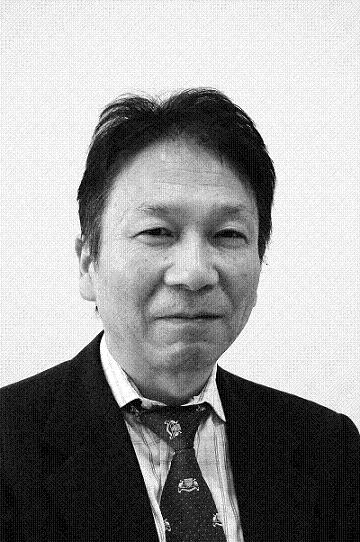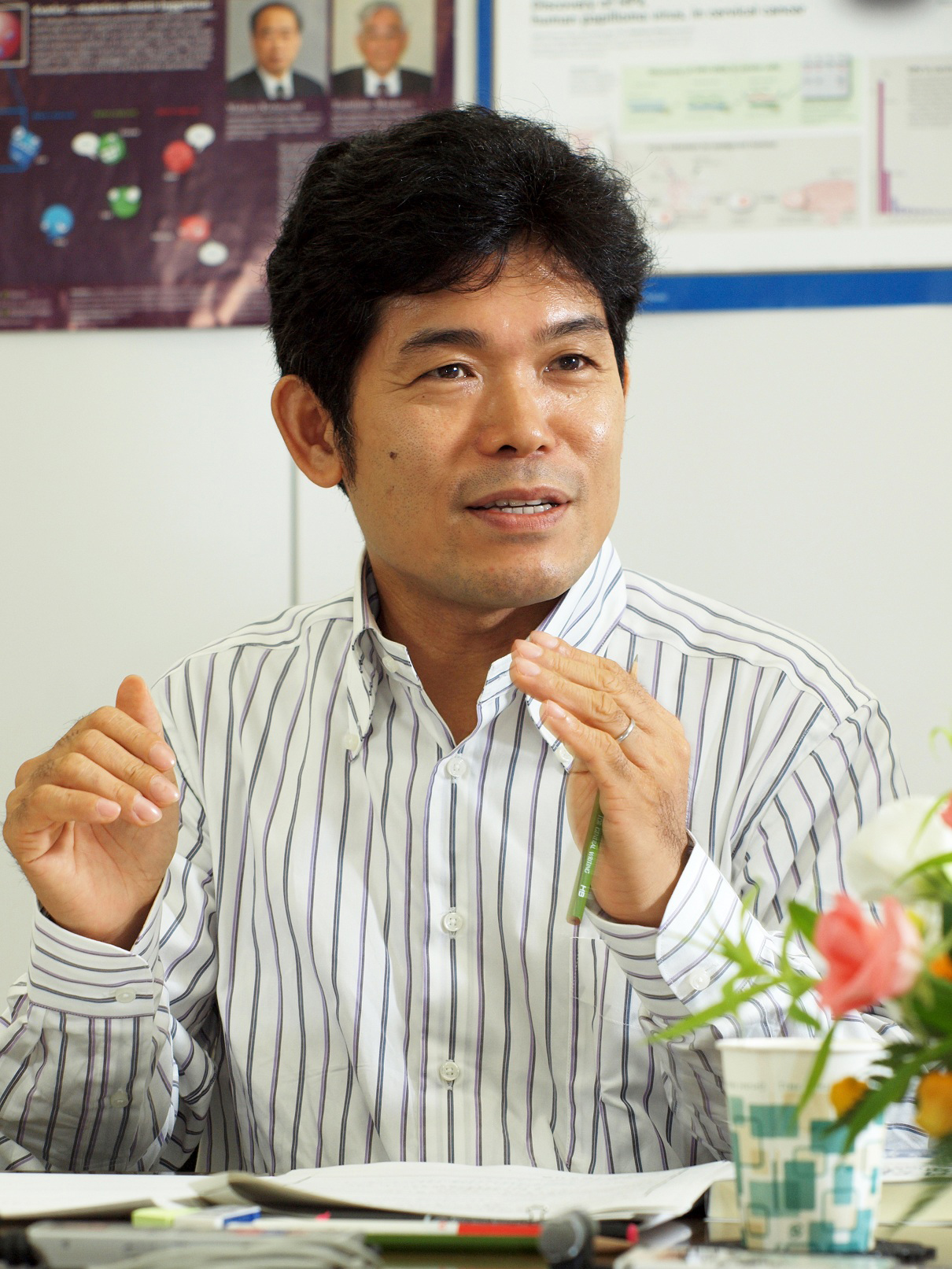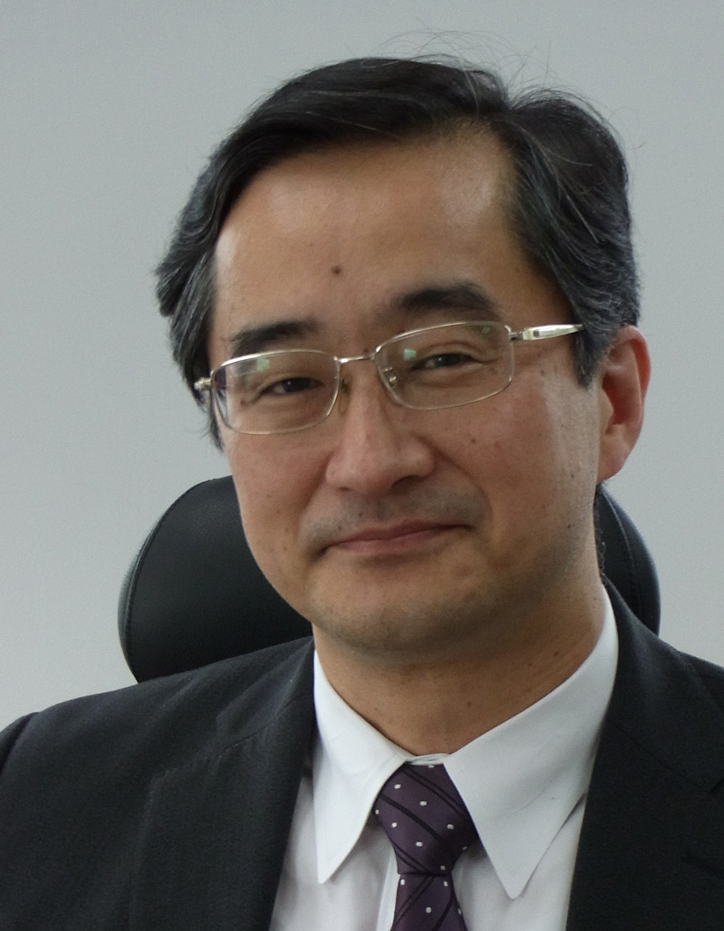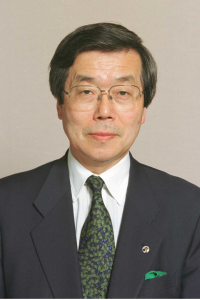(JAPAN POLITICS CHANGED?) Economic Growth and Fiscal Reform Certainly Compatible
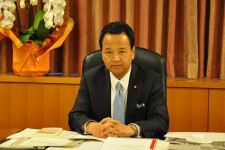
Amari Akira
What Is “Abenomics”?
The top policy priority for the administration of Prime Minister Shinzo Abe is to revitalize the Japanese economy by bailing the nation out of its prolonged deflation at an early stage and stemming the yen’s excessive appreciation. The Abe Cabinet formulated the “Urgent Economic Countermeasures for the Revival of the Japanese Economy” on Jan. 11 and decided on a supplementary budget to finance the package on Jan. 15. On Jan. 22, the government and the Bank of Japan (BOJ) issued a joint statement announcing they will deepen cooperation to overcome deflation at an early date and achieve sustainable growth. The Cabinet also approved a government plan on a fiscal 2013 budget on Jan. 29.
Japan has fallen into a vicious cycle of deflation causing sluggish consumption, leading to stagnant production and lower income. Unless we break out of this negative cycle, no development can be expected for the Japanese economy. We thus need a scenario that can bring about economic growth led by private demand. The Abe Cabinet is currently pushing forward policies, which it calls “Abenomics,” combining a bold monetary policy, a flexible fiscal policy, and growth strategies to spur private investment, as “three arrows.” They are not an extension of conventional policies but are policies “in different spheres” from any in the past.
Recently, I attended the World Economic Forum in Davos, Switzerland, on behalf of the prime minister, and promoted “Abenomics” there. I realized the world has a strong interest in “Abenomics” and that the Abe Cabinet’s efforts to revitalize the Japanese economy are highly regarded internationally.
Absolutely No Worry about Hyperinflation
As regards our first arrow, “a bold monetary policy,” the BOJ, in its joint statement with the government, set a 2 percent inflation target and vowed to achieve it as soon as possible. The government, meanwhile, declared in the statement that it will use every possible measure to reform the nation’s economic structure while taking into consideration fiscal discipline. The statement also made it clear that the two will work together to achieve the price stability goal.
As for monetary easing this time, I understand that some people have voiced concerns that “excessive monetary easing could trigger a surge in long-term interest rates and subsequently, hyperinflation.” In Japan today, however, deflation has continued for more than 15 years and we have been striving to end it. There is no reason at all to worry about possible hyperinflation.
When we look back at cases in world history when hyperinflation has occurred, it was mostly tied to wars and triggered after central banks kept purchasing government-issued bonds unrestrainedly, as in Germany after the end of World War I. But no such thing could occur now in Japan, and there should be no need for such concerns.
In the meantime, I also hear opinions that markets are already flooded with money and that any further monetary easing will have little effect. But the government and the BOJ have not necessarily worked so closely for an inflation target before. In the past, the BOJ had set a goal of 1 percent inflation “for the time being” and about 2 percent for the medium to long term. But the subject was not clear, with vague expressions about whether the BOJ or the government would deal with this goal. What we are now trying to do is to make the subject clear and state “the BOJ will” or “the government will” do this and that. The government and the BOJ will then tackle the agendas each of them needs to address. It is important that markets are clearly informed that our policies are in different spheres from those in the past and that the government and the central bank are both determined to accomplish their tasks.
Furthermore, the government has decided to conduct “intensive deliberations on monetary policies, prices and other issues” on a quarterly basis at the Council on Economic and Fiscal Policy, which is also attended by the BOJ governor, so as to confirm the progress of each of their agendas set to attain the inflation goal. The first round of such intensive deliberations was conducted on Jan. 24.
Make Investments Focusing on “Beneficial Public Works Projects”
What is essential for Japan to “overcome deflation” on top of monetary easing is “a flexible fiscal policy” – the second of the three arrows.
In the supplementary budget plan endorsed by the Cabinet on Jan. 15, the government compiled a 13.1 trillion yen extra budget, the second biggest in the postwar era, to tackle its top priority issues such as “overcoming deflation.”
Some people have criticized the government’s decision to issue fresh construction bonds worth 5.2 trillion yen to finance public works projects, but I find such criticism inappropriate as investment in public works projects is necessary to ensure the safety and comfort of the people and will be “an investment for tomorrow” to promote strong economic growth.
To ensure the safety of people, the government will fund public works projects that will “mitigate the damage from disasters and prevent disasters and protect people’s lives.” We will reinforce infrastructure against natural disasters that have been predicted as to likely occur. In December last year, there was a tragic accident in which the roof of the Sasago expressway tunnel collapsed and took the lives of nine people. I have no doubts that many people are worried – “Will the bridge I drive across every day collapse?”, “If an earthquake occurs, will roads cave in?” or “Is the roof of the nearby tunnel OK?” Therefore, we will conduct inspections entirely on roads and other infrastructure that are certain months or years old. Once we find any problems, we will immediately address them to allay the anxieties of people.
It is especially vital to reinforce the quake resistance of school buildings since they are often used as evacuation centers in the event of disasters and such reinforcement will contribute to the safety of local residents, as well as that of the children who go to the schools.
As an investment for tomorrow, we will work on public works projects that “boost economic efficiency.” The government will complete infrastructure currently under construction and produce economic benefits. In the so-called “missing link” issue, for example, once we finish uncompleted expressways we can expect enhanced economic efficiency and economic effects even after completion, not just during construction. We will focus on such projects.
At the same time, it is also necessary to invest in public works projects that heighten the capacity of existing infrastructure. Japan has lost its lead to overseas ports such as Busan in South Korea in the role of “hub harbors” that can accommodate large vessels. We will enhance international competitiveness by building up harbors to make them accommodate large container vessels and by shortening dramatically the time required for customs clearance with information technologies introduced at facilities. We will also shore up “hub airports.”
I am fully aware that there is criticism that “the Liberal Democratic Party seems to be trying to restore its conventional ‘politics favoring the construction and civil engineering industry’.” We will have to avoid a situation “in which public works projects generate economic effects only while roads and bridges are under construction, but once completed incur overwhelming running costs, leaving accumulated debts.” I find beneficial public works projects that continue to produce economic benefits and help repay debts after completion and we will focus on such projects.
Furthermore, it is vital to allocate a solid amount of money for advanced technologies. We will prioritize and earmark a significant amount of money for technologies that will feed the future of Japan. What is important is such prioritized and flexible public works projects.
Toward Achieving Primary Balance Goal
In late January, one economist said to me during a TV debate program, “Regarding the government’s budget allocations for public works projects, investors around the world are concerned about how it will secure sources of revenues. If the Japanese government loses the trust of investors, the ratings on its bonds will fall and interest rates will skyrocket. The nation will then immediately face financial collapse.” What is critical here is to secure trust in government bonds while making the economy grow. To that end, it is necessary to inform investors of the Japanese government’s plan to achieve both economic growth and fiscal consolidation and its determination to attain these goals at all costs. It is important to raise the banner of fiscal reconstruction, which promises that the government will “halve the ratio of the deficit in the primary balance to the nation’s gross domestic product by fiscal 2015 from the level of fiscal 2010 and turn it into a surplus by fiscal 2020” in order to strike a balance between economic growth and fiscal rehabilitation. This goal was clearly stated in the basic principles of the budget formulation for fiscal 2013 discussed and decided at the Council on Economic and Fiscal Policy.
The fiscal 2013 budget endorsed by the Cabinet at the Jan. 29 meeting and the supplementary budget were formulated to cover financing needs for a total of 15 months altogether to revitalize the Japanese economy. The budget, nonetheless, turned out to be slimmer than the previous year’s as we pursue fiscal soundness. Specifically, although new government bond issuance exceeded tax revenues over the past three years under the Democratic Party of Japan-led administration, we brought this abnormal situation back to normal, with tax revenues coming in bigger than new borrowing.
We also reviewed the contents of the budget and adjusted allocations on social welfare allowances and payrolls for local civil servants, while focusing on “earthquake reconstruction and disaster measures,” “creation of wealth by growth” and “security of people’s lives and regional reinvigoration.”
I believe that the fiscal 2013 budget will mark the first step toward sound public finances, but we will proceed with discussions on steps toward realizing both the restoring of fiscal health and revitalization of the Japanese economy during meetings at the Council on Economic and Fiscal Policy.
Roles Played by 2 Control Towers
As the third arrow, which is as important as a bold monetary policy and a flexible fiscal policy, we will draw up attractive “growth strategies” from a medium-to-long-term standpoint. A number of growth strategies had been compiled in the past, but not all of them were successfully implemented. This is because the governments failed to show their unequivocal commitment to implementing the strategies, thus failing to facilitate private investment. In light of the lessons from these failures, the Abe administration established a control tower for economic and fiscal management to implement growth strategies shortly after the change of government.
First, the Abe administration reinstated the Council on Economic and Fiscal Policy, which was effectively terminated under the DPJ administration. The council works out basic policies on economic and fiscal management, bearing the function of creating “a basic design” on that matter. It is comprised of the prime minister, the minister in charge of economic and fiscal policy, other concerned ministers, the BOJ governor, and four experts in the private sector from business and academic circles. For example, the council creates a basic policy on a budget, and the government lays out a budget in line with the policy. Since the BOJ governor is a member, the council can also examine the progress of our efforts toward overcoming deflation.
Meanwhile, the government established the “Headquarters for Japan’s Economic Revitalization,” comprising all ministers, to serve as a control tower for economic rehabilitation, while clarifying the problems currently facing our nation and designing specific economic growth strategies. We also launched the “Industrial Competitiveness Council” under the headquarters that bring together private-sector experts from various fields. While the Council on Economic and Fiscal Policy is in charge of “a basic design,” the headquarters and the council will draw up a roadmap on the policies that we are going to deal with, that is, “an execution design.” On Jan. 23, we held the first meeting of the council and collected various opinions from 10 private-sector members. Based on the discussions at the council, Prime Minister Abe, at the Jan. 25 meeting of the headquarters, pointed to five perspectives to be borne in mind, such as innovation in society as a whole and establishment of a society in which all members can participate, and gave us orders to work on 10 items related to pressing key policy matters including review of the nation’s energy policy.
It is significant to maintain social vitality and economic vitality at a time when society is graying, for instance. To do so, policies that promote “health and longevity” will be indispensable. If the number of elderly people with good health increases, they themselves will comprise a generation who sustain economic activity, and consequently the government’s expenditure on social security will decline.
What direction will we need for technological development? In the field of basic research, we have to cooperate with the Council for Science and Technology Policy. What regulations will be an obstacle in the process of developing products for practical use? If the issue is raised, we will work with the Council for Regulatory Reform. When these various problems occur, the prime minister will issue instructions to ministers at the Headquarters for Japan’s Economic Revitalization comprised of all ministers. Under this structure, growth strategies will no longer end up being pie in the sky and become a roadmap that can be actually implemented.
Under the two control towers – the Council on Economic and Fiscal Policy and the Headquarters for Japan’s Economic Revitalization – we will collect the wisdom of a wide range of people and make all-out efforts toward revitalization of the Japanese economy.
======================
Translation of an article (pages 53-58) from the March issue of monthly magazine Voice (PHP Institute Inc.).
Akira Amari was born in 1949 in Kanagawa Prefecture. After graduating from the Political Science Department of the Faculty of Law at Keio University, he worked at Sony Corp. and was then first elected to the House of Representatives in 1983. Since then, he has held such posts as labor minister, economy, trade and industry minister, and minister for civil service reform. In December 2012, he became minister for economic revitalization in the Abe Cabinet, while also in charge of economic and fiscal policy, and total reform of social security and tax.
